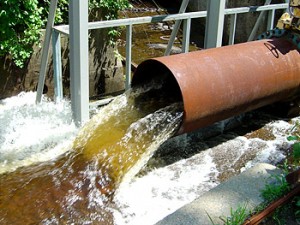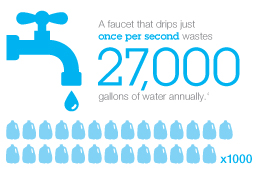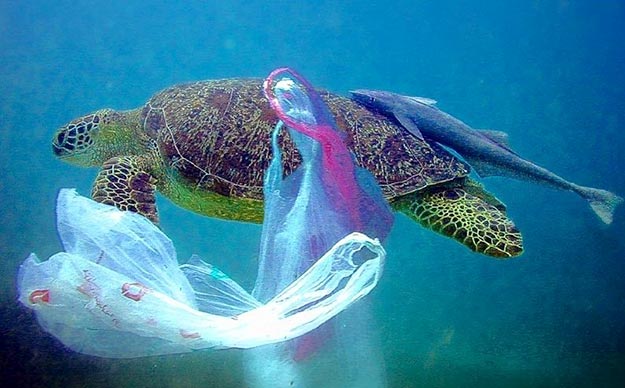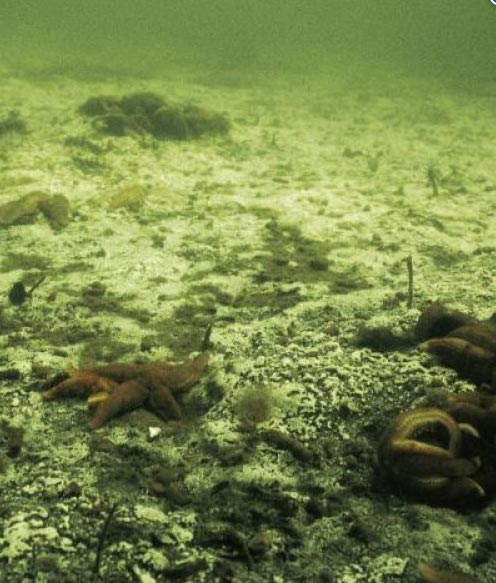Summer is officially upon us. For most of us, the word conjures up images of sandy beaches, flip-flop tans, and sweltering hot days spent splashing around in the water. For thrill seekers, sometimes the best part of summer is the feeling of plummeting down a waterslide into a chlorinated wonderland. Whether you’re a daredevil or you just like to chill, hopefully this list of 25 of the world’s wildest waterparks will help you beat the summer heat.
This Chinese water park covers nearly 1 million square feet and counting. It includes some of the tallest and fastest water rides in the world, but the main attraction is “The Behemoth Bowl.” Read more












